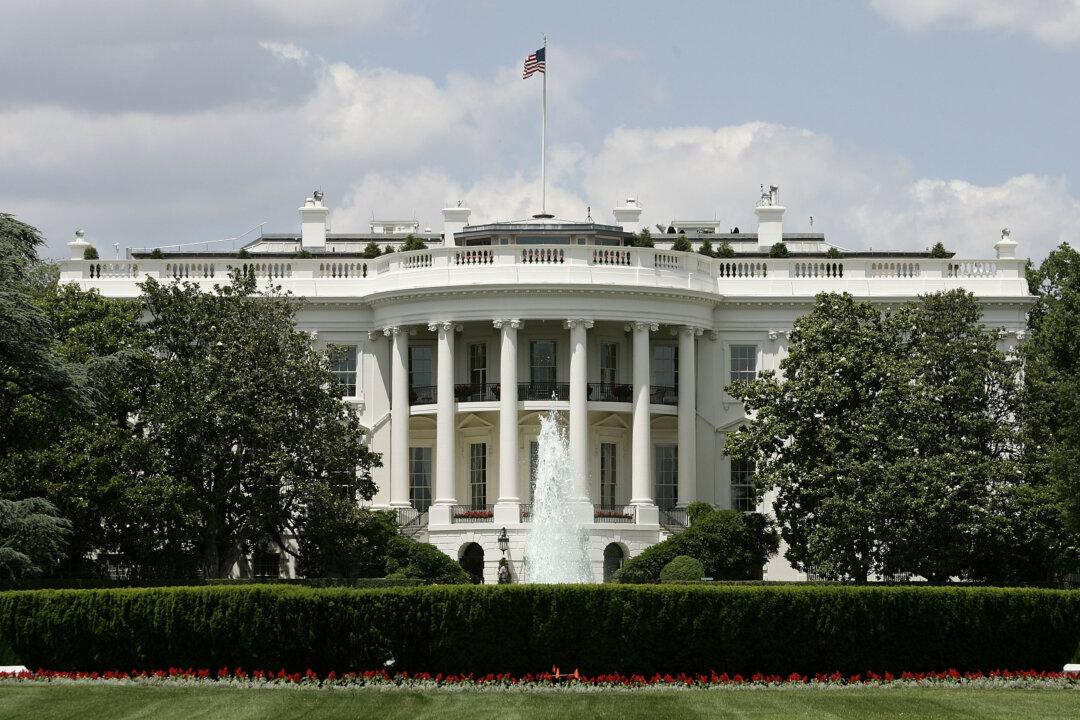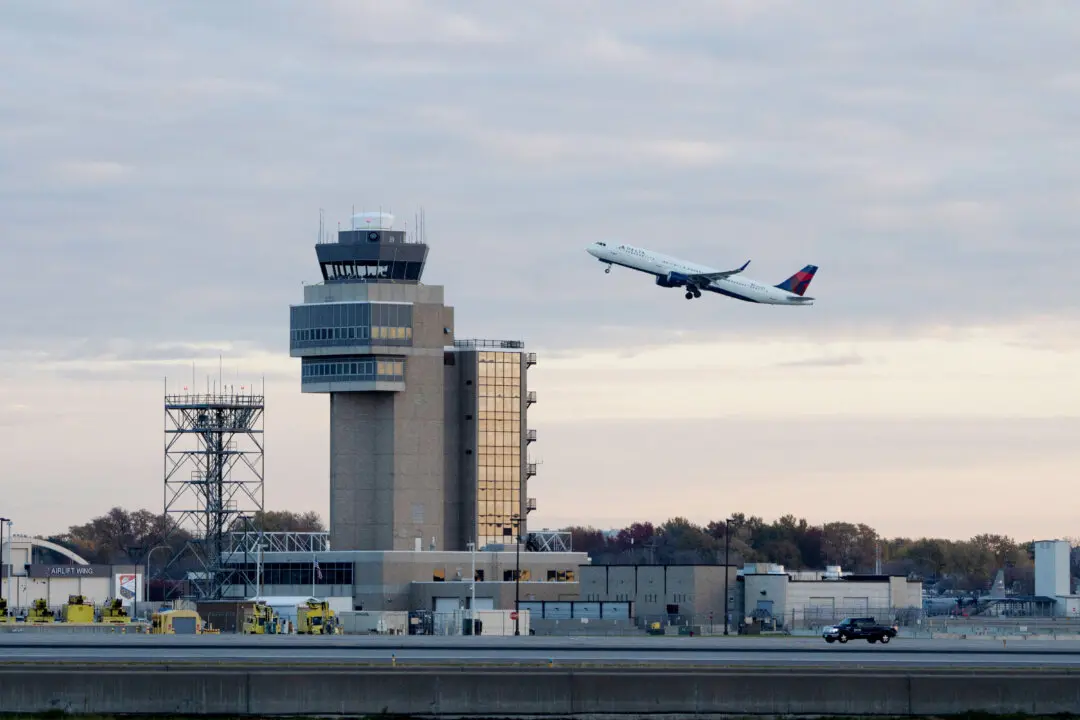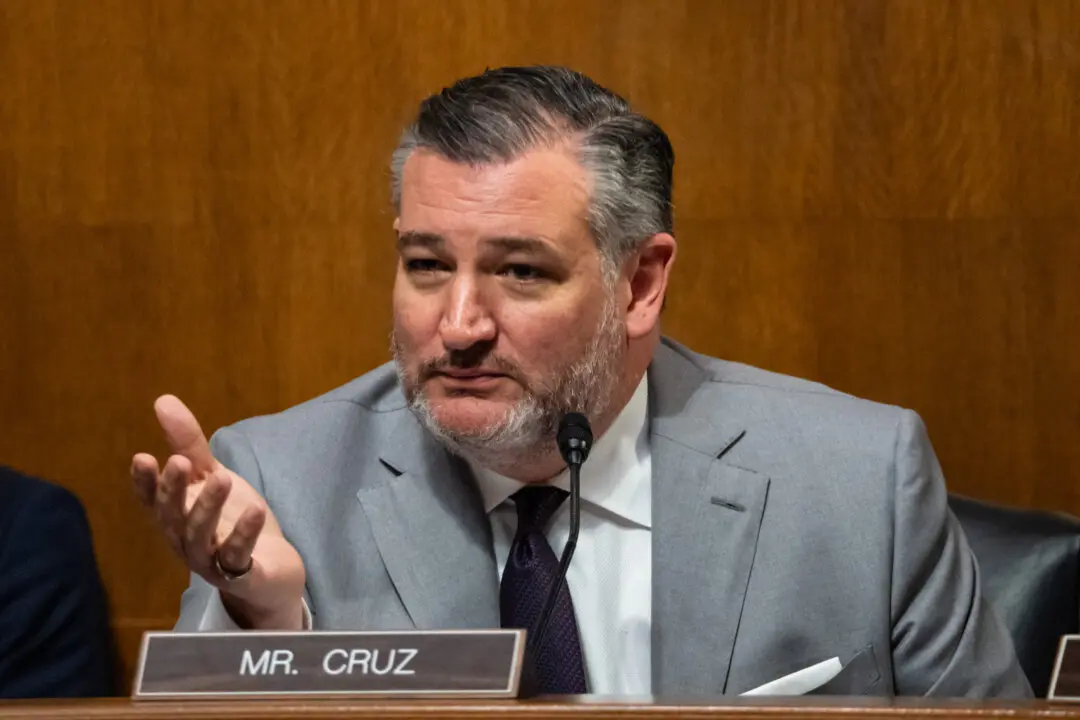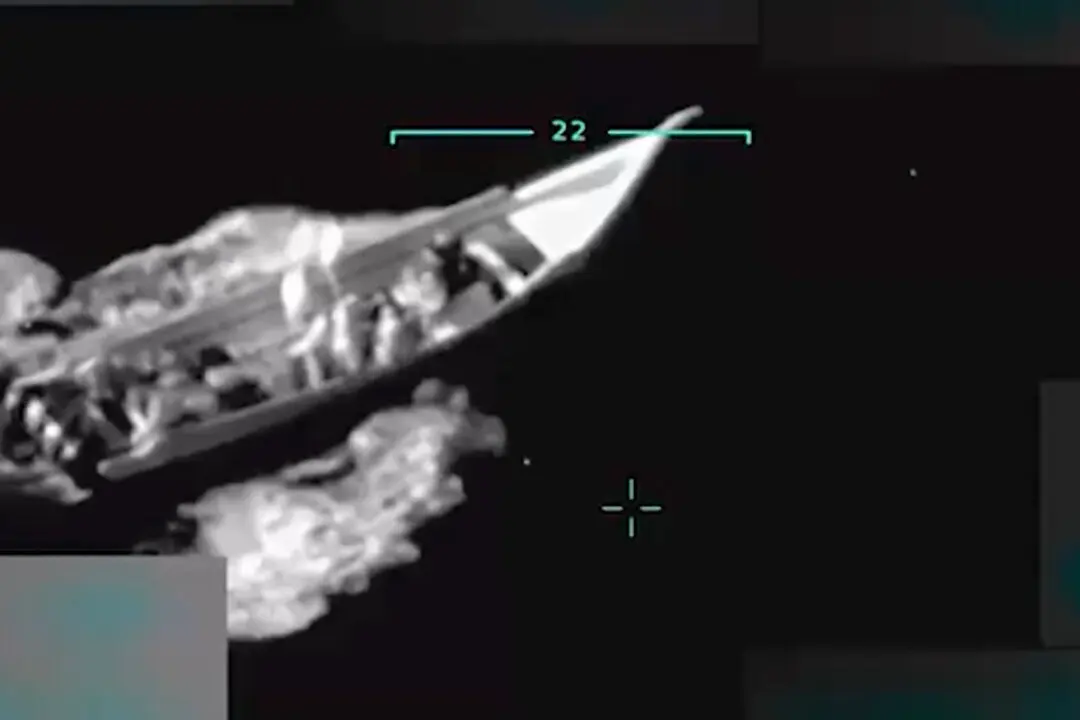The U.S. Secret Service released documents on May 6 regarding its investigation into the small bag of cocaine found in the White House in July 2023, revealing a lack of security cameras in the area where the drug was located.
The heavily redacted documents, the second batch released since November 2023, were pursuant to a July 14, 2023, Freedom of Information Act (FOIA) request by John Greenewald Jr. of The Black Vault. They describe some of the earliest police activity after the Secret Service found a small bag of an “unknown suspicious powder-like substance,” which tested positive for cocaine, in a cellphone locker in the West Wing. One document explains how a lack of cameras in the room with the cellphone locker prevented authorities from finding the culprit.





